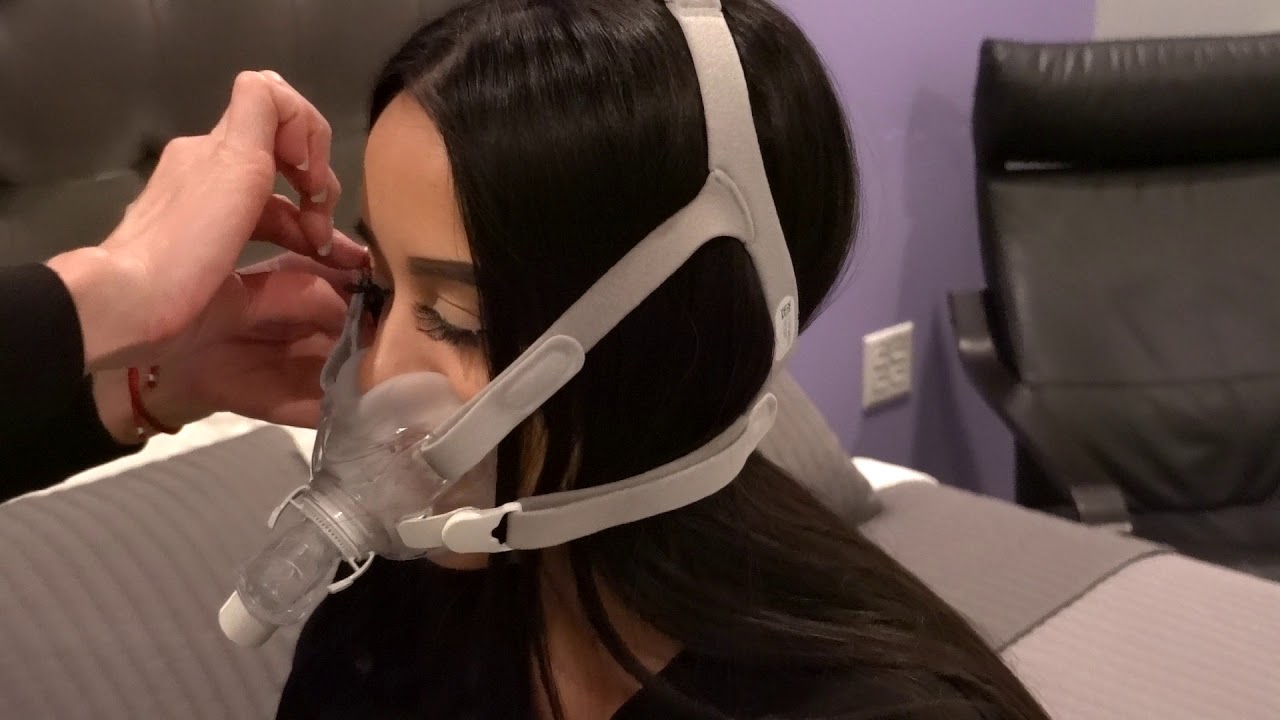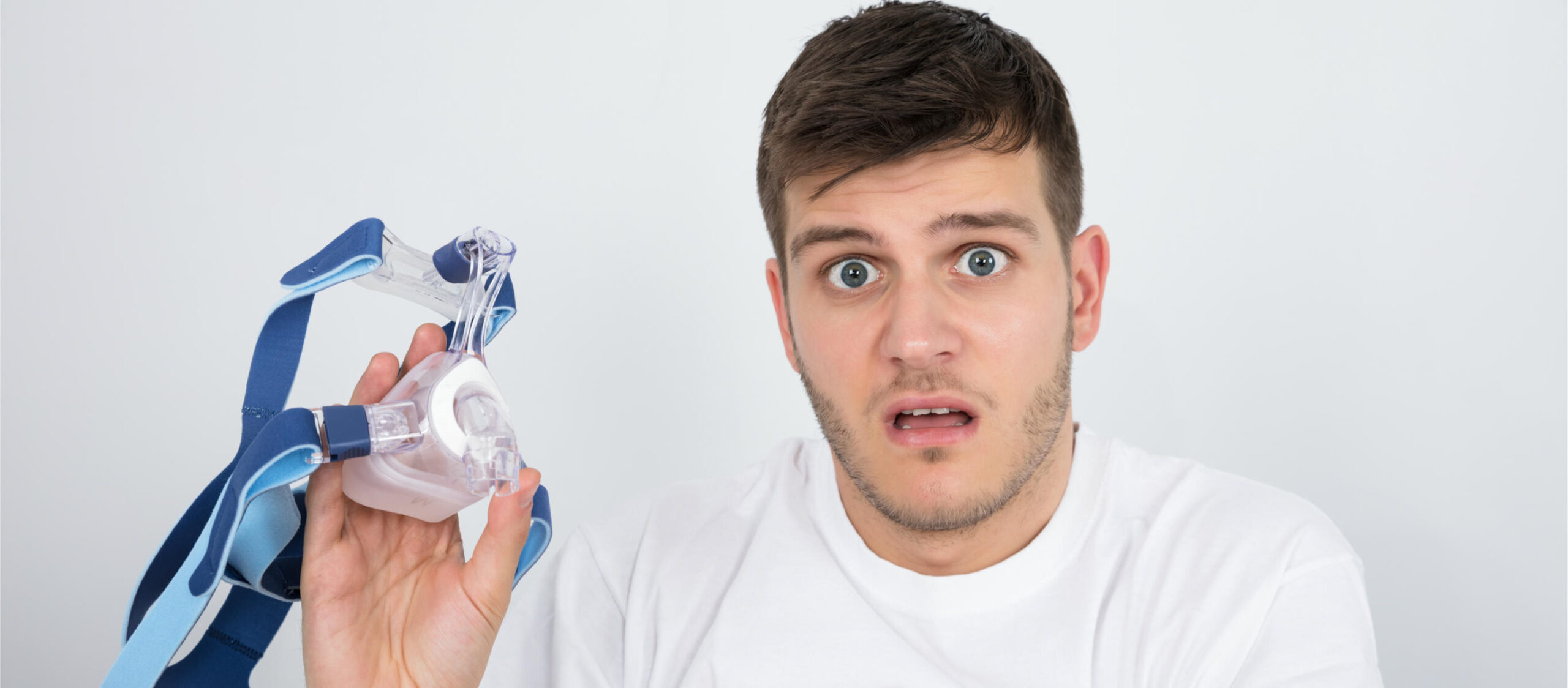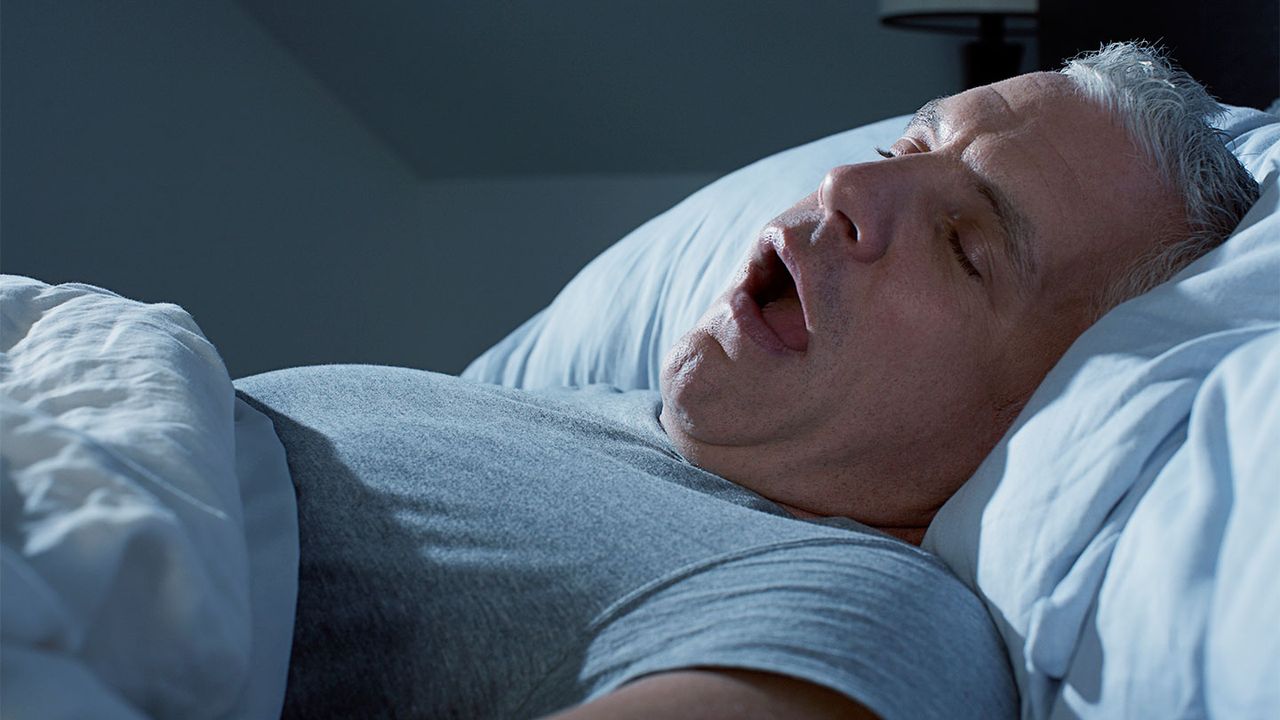A serious sleeping issue is sleep apnea. Numerous symptoms, including loud snoring, make up the sleep apnea syndrome. However, the disorder is considerably more widespread than merely snoring.
David Epstein, DDS, and Nikita Vakil, DMD, of The Woodlands Dental Group, have created a blog article in which they provide five recommendations for becoming used to using cpap machine.
The illness known as sleep apnea causes you to momentarily cease breathing while you are sleeping. Your body briefly awakens as a result of this, which is often brought on by throat tissue obstructing the airway, allowing you to resume breathing. This process just takes a few seconds, but for someone with narcolepsy, it may happen hundreds of times in the course of a single night.
Unfortunately, this condition may cause daytime fatigue, high blood pressure, a higher risk of heart attack and stroke, as well as a number of other consequences if left untreated. The good news is that sleep apnea may be treated and using a machine that produces constant positive airway pressure is one of the ways that it may be managed (CPAP).

Some useful pointers for adjusting your CPAP machines
Wearing a mask while you sleep is necessary if you use CPAP machines. By pumping air through the mask and into your nose and throat, the machine applies “positive pressure” to your airway. Your airway may stay open as a result. Although a lot of people benefit from these devices, it could take some practice to use them effectively. You may find the following methods helpful in getting used to your new CPAP machine:
Make sure your mask is the proper size and shape.
CPAP machines and masks come in a huge variety of shapes and sizes. Wearing a full-face mask, for instance, might make some people feel claustrophobic, but others who have difficulties keeping still while they sleep may find that this kind of stability is beneficial. Along with having the right shape, your mask has to have the right size. If a mask has been properly adjusted, there shouldn’t be any pain or discomfort.
Utilize the ramp feature.
If you discover that you are having trouble adjusting to the compelled air flow, think about utilizing the “ramp” option. Your CPAP machines’ ramp setting automatically adjusts the air pressure so that it progressively increases from a lower setting all the way up to the amount you have suggested.
Wear your mask all day long and note how it feels.
Even though you will only need to use your mask when you are sleeping, wearing it throughout the day will help you become acclimated to it. Doing this will help you get acclimated to the feelings you’ll feel before you’re ready to go to bed.

Maintain good sleeping habits.
Whether or whether you use CPAP machines, it is essential to keep up good sleeping patterns. These are listed below:
Regular exercise, abstaining from caffeine and alcohol before bed, sleeping in a cool, dark room, and adhering to a regular bedtime routine each night are all important. In addition, you must use the CPAP machines in accordance with the directions given to you by your physician.
Put a chin strap on to help with the dry mouth issue.
You could get dry mouth if you use a CPAP mask and breathe through your mouth while using the machine. Using a chin strap while you sleep may help prevent dry mouth since it keeps you from opening your mouth. Many CPAP devices come with heated humidifiers to help with this problem.
Devices that are not CPAP machines
If you’ve used CPAP machines in the past but weren’t happy with the results, you should be aware that it’s not your only option for treating sleep apnea. Another option is to use an oral appliance.
The oral appliances we provide will fit comfortably inside of your mouth and gently move your tongue and jaw forward as you sleep. By shifting positions, you may improve your breathing as you sleep by helping to maintain an open airway. In addition, these devices are comfortable, light, and can be adjusted to the wearer’s exact specifications.
Tips for Maintaining Your CPAP Machines Properly
Choosing to invest in a Continuous Positive Airway Pressure (CPAP) machine if you have sleep apnea is a wise decision that will benefit your general health in the long term.
CPAP machines will provide a steady stream of airway pressure to your throat as you sleep in order to effectively cure the spontaneous breathing pauses. This will ensure that your airway stays open and will treat the sleep apnea disease.

Despite the fact that they may improve your sleep quality and overall health, it is important to keep in mind that if you do not properly maintain these devices, it may increase your chance of contracting various types of illnesses.
Your continuous positive airway pressure (CPAP) equipment includes a humidifier chamber, a humidifier chamber, a filter, tubing or hoses, and a mask with cushioning. Failure to clean each of these components on a regular basis might not only cause a reduction in how effectively it operates, but it may also result in a number of health issues, including the following:
- Contact with bacteria
- Allergy signs and symptoms
- The chance of contracting pneumonia or a sinus infection may rise.
You won’t spend a lot of money or time cleaning your CPAP machines. Here are some tips to help you maintain it correctly.
Before attempting to clean any of your CPAP machines’ parts, be sure to unplug it.
Wash the cushion and the mask, which come into contact with your face, each day with warm water and a mild dishwashing liquid. The mask should then be hung up someplace to air dry before being used once again.
Empty the heated humidifier chamber each day and replace it with brand-new water. You must make sure that you don’t let this water to stand for too long since bacteria love warm, wet conditions.
You should only use distilled water in your humidifier to avoid the buildup of hard mineral deposits.
The machine should be taken apart and thoroughly cleaned on a weekly basis, paying special attention to the hoses, filters, and chamber.
Be careful to read the manufacturer’s recommendations before changing your filter.
If you adhere to these guidelines, you will not only improve the performance and prolong the usable life of your equipment, but more importantly, you will contribute to your own health.
Additional positive airway pressure
A sleep expert may suggest various devices in addition to CPAP to treat sleep apnea.
To maintain the airway open, single-use Expiratory Positive Airway Pressure (EPAP) devices fit over the nostrils and are less obtrusive and bulkier than CPAP machines. For patients with mild to severe obstructive sleep apnea, these may be beneficial.
Bilevel positive airway pressure (BiPAP, also known as BPAP) devices may help people with central sleep apnea who require support with a poor breathing pattern or who have problems getting adjusted to CPAP.
As you sleep, this gadget automatically changes the pressure, raising it during breathing and lowering it during exhale. If the mask detects that you haven’t taken a breath in a certain amount of seconds, some BiPAP systems will also supply one.
Obstructive and central sleep apnea may both be treated using adaptive servo-ventilation (ASV) systems. Your usual breathing pattern is recorded by the ASV gadget, which then automatically adjusts airflow pressure to eliminate breathing pauses while you’re sleeping.
Using dental appliances
It is becoming common to treat sleep apnea using specialist dental appliances. They are a fantastic alternative if you can’t use CPAP equipment even if they aren’t as effective as CPAP treatment since most people find them to be more pleasant.
Although there are other oral appliances that might be used to treat sleep apnea, the majority of them are made of acrylic and are either built to fit inside your mouth like an athletic mouth guard or to go around your head and chin to change the posture of your lower jaw.
The mandibular advancement device and the tongue holding device are two typical oral appliances. By moving your lower jaw or tongue forward as you sleep, these gadgets help you breathe more freely.
You need a variety of devices.
Finding the appliance that best fits you may need some experimenting given the wide variety of devices available. It’s also important to see the dentist on a regular basis to check for any issues and have the mouthpiece adjusted as needed. A dentist with experience in treating sleep apnea should install the mouthpiece.
Side effects of CPAP devices
Additional adverse effects of oral appliances include discomfort, saliva buildup, and permanent changes to the posture of the jaw, teeth, and mouth. In devices that are not placed correctly, they could be more hazardous.
More to read: Are your CPAP machines giving you issues?









